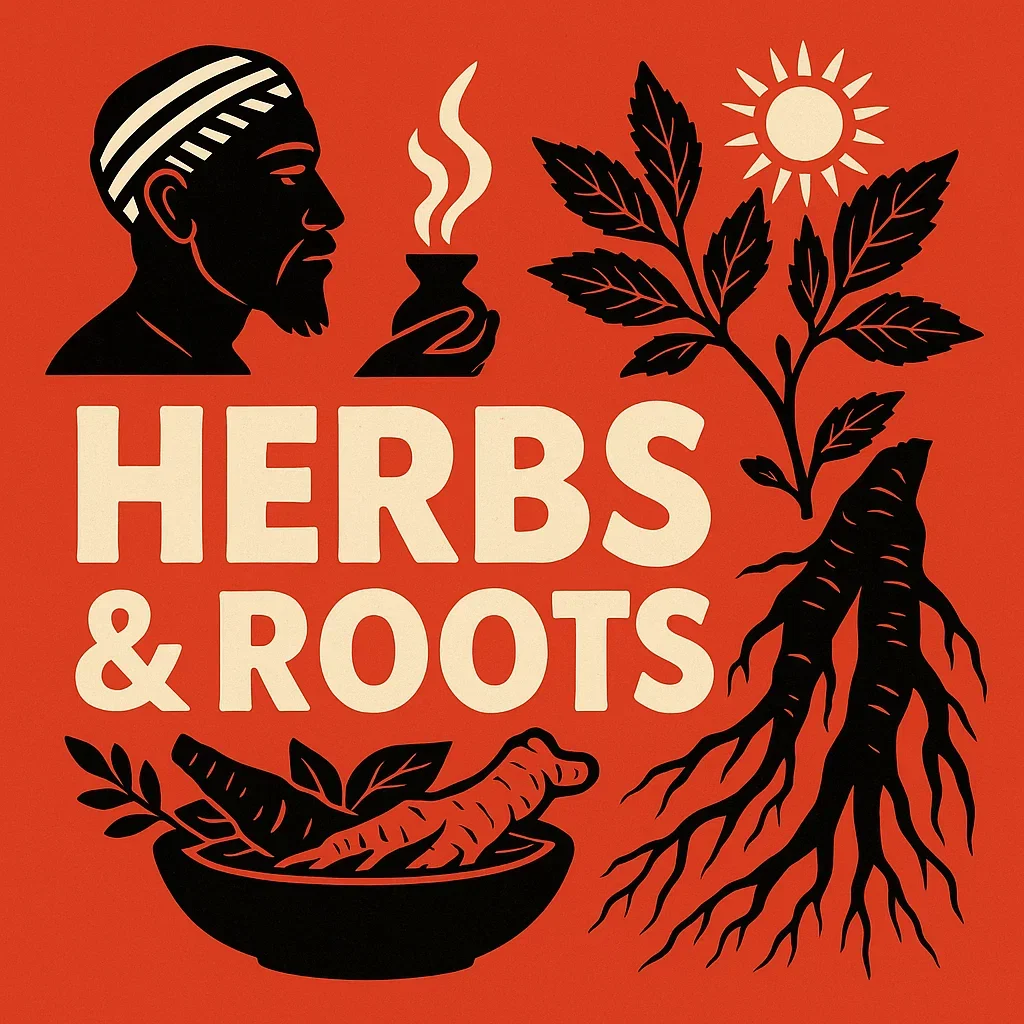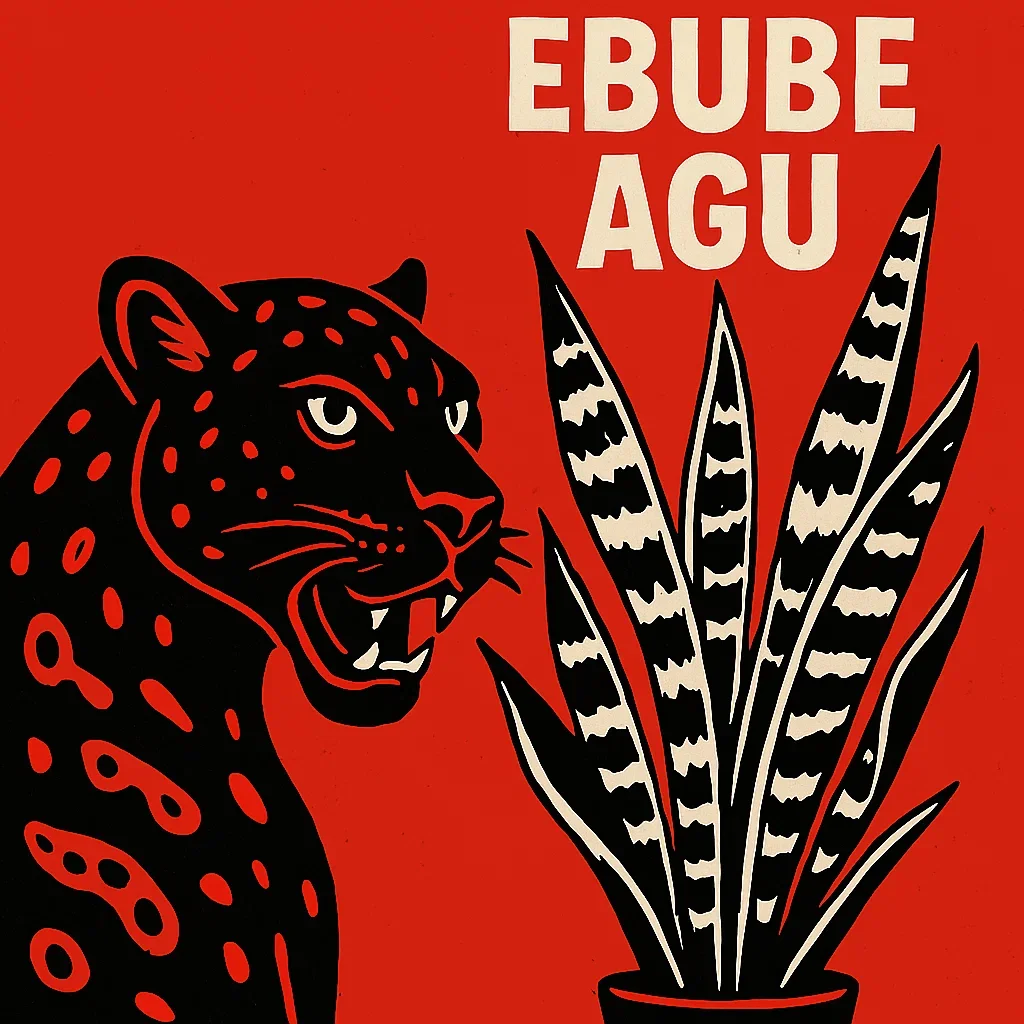23 Traditional Plants Medicines and Their Uses (Including the Part of Plants Used)
This post is set to “Public View,” so anyone with a link can view it. Feel free to share it with others.
In Igbo traditional medicine, various plants are used for their healing properties and dietary benefits. See a compilation of some more plants, their local and English names, botanical names, and their therapeutic uses below:
Oroma nkirisi (Lime)—Citrus limon
Use(s) of plant: Anti-worm | It is also used as a natural preservative (to preserve fresh akpu).
Part Used: Juice from fruit | Whole fruit.
Okwu ru oyibo (Pawpaw)—Carica papaya
Use(s) of plant: Anti-malaria | Cure for typhoid fever.
Part Used: Leaves | Leaves.
Ube oyibo (Avocado)—Persia Americana
Use(s) of plant: Treatment of arthritis, hypertension, and high blood pressure.
Part Used: Seed.
Oroma nkirisi (Lemon)—Citrus limon
Use(s) of plant: Juice mixed with water aids in weight loss and relieves arthritis.
Part Used: Fruit.
Ona (Three leaf bitter yam)—Dioscorea dumentorium
Use(s) of plant: Boiled and eaten | Good for diabetic and hypertensive patients.
Part Used: Root
Mbana or Abana (Water Yam)—Dioscorea alata
Use(s) of plant: Boiled and eaten | Good for diabetic patients.
Part Used: Root
Abani di egwu (Siam weed or Christmas bush)—Chromolena odorata
Use(s) of plant: Used for darkening blackboard | Treatment for ulcer | Used to stop bleeding.
Part Used: Leaves | Leaves | Leaves
Onugbu (Bitter leaf)—Vernonia amygdalina
Use(s) of plant: For cooking soup | Anti-diarrhoea
Part Used: Leaves | Leaves
Utazi (African salad)—Gongronema latifolium
Use(s) of plant: Used as a vegetable for soup and garnishing for other foods | Used in the treatment of cough, intestinal worms, dysentery, diabetes, and high blood pressure.
Part Used: Leaves
Ugu (Fruited Pumpkin)—Telfairia occidentalis
Use(s) of plant: Used as a vegetable for soup and other foods | Juice from crushed leaves serves as a blood tonic.
Part Used: Leaves
Anara (Garden Egg)—Solanum melongena
Use(s) of plant: For making local sauce and for eating abacha | Used as a blood tonic.
Part Used: Fruit | Leaves.
Nchuanwu (Basil/Scent leaves)—Ocimum basilicum
Use(s) of plant: For detoxification | Also used as a vegetable for cooking. It adds flavour to food.
Part Used: Leaves | Leaves.
Uda (Ethiopian pepper)—Xylopia aethiopica
Use(s) of plant: For detoxification | When cooked with utazi leaves and drunk, it helps to treat gynaecological issues like unhealthy coloration during menstruation.
Part Used: Seed
Ukpa (Walnut)—Tetracapiduim conophorum
Use(s) of plant: Chewed as a snack | Good for the brain cells.
Part Used: Seed
Akilu (Bitter Kola)—Garcinia kola
Use(s) of plant: For treating cough and stomach ache. Chewing it helps to deworm the stomach
Part Used: Seed
Uziza (Black pepper)—Piper giuneense
Use(s) of plant: Used as a vegetable for soup and to spice food | Used to cook food for a woman that has just been delivered of a child or put to bed (for detoxification) | Used as a vegetable for soup.
Part Used: Seed | Leaves
Ehuru (African nutmeg)—Mondora spp
Use(s) of plant: To spice food | Boiled with the pod to make pepper soup for a woman that has just been delivered of a child or put to bed | Serves as a detoxifier.
Part Used: Seed
Ukpaka (Oil bean)—Pentaclethra macrophylla
Use(s) of plant: Has blood-building properties | Used as a condiment for various local dishes.
Part Used: Seed
Ojoko or Jioko (Plantain)—Musa paradisiaca
Use(s) of plant: Unripe plantain gives iron | Treats diarrhea when eaten (boiled/roasted) without oil | The peel when burned produces activated charcoal and is used for treating eczema.
Part Used: Fruit | Fruit | Peel from fruit.
Mmimi (Pepper fruit)—Denn ettiatripetal
Use(s) of plant: Hot pepper is eaten alone or with garden eggs | For treatment of burns.
Part Used: Fruit | Leaves
Nche awula (Lemon grass)—Cymbopogon citratus
Use(s) of plant: Usually planted around the house to ward off snakes | Treats headache when leaves are crushed and inhaled | The liquid from the boiled leaves when drunk, detoxifies the body and aids in weight loss | Used to treat cough and catarrh.
Part Used: Leaves | Leaves | Leaves | Leaves
Ngwo (Raffia palm)—Raphia farinifera
Use(s) of plant: Serves as an alcoholic drink | The wine is good for the eyes.
Part Used: Stem
Achi (Oak tree)—Brachystegia eurycoma
Use(s) of plant: Used as a thickener for soup | Treats diabetes and helps wounds to heal faster
Part Used: Seed
These plants demonstrate the depth of traditional knowledge in using nature for health and wellness. Coming into the knowledge of these natural remedies not only connects us with our indigenous knowledge but also provides alternative solutions for various ailments.
Please consult a medical professional or licensed herbalist before using any natural remedies, especially for serious symptoms. This post is not medical advice. Dalu!
Reference Material:
Documentation of Flora Terms in Achi Variety of Igbo by Chidimma Egenti & Ekpereamaka Uche
Commonly Asked Questions
-
Yes, traditional plant medicines remain highly effective when properly used. Many modern pharmaceuticals are actually derived from compounds originally found in plants. Traditional healers have passed down generations of intuitive and experiential knowledge about how specific plants support the body, mind, and spirit. Their efficacy, especially when sourced and administered responsibly, is still highly regarded in many cultures.
-
In many cases, yes, but with caution. Some plant medicines can complement modern treatments, while others may interact negatively with pharmaceutical drugs. It’s important to consult both a qualified healthcare provider and a knowledgeable traditional healer before combining remedies, especially for chronic or serious conditions.
-
Traditional methods vary by plant and purpose but often include decoctions (boiling), infusions (steeping), powders, pastes, or tinctures. Some may be applied externally, while others are taken internally. The spiritual aspect is also key, many traditions include prayers, chants, or rituals as part of the preparation and use, recognizing that the plant’s also possess Chi (life force energy).
-
Traditional plant medicines have been used to treat a wide range of conditions, including digestive issues, skin ailments, respiratory problems, fevers, infections, and even spiritual imbalances. In many systems of traditional medicine, healing is not just physical, plants are also used for emotional support, protection, and spiritual cleansing.







